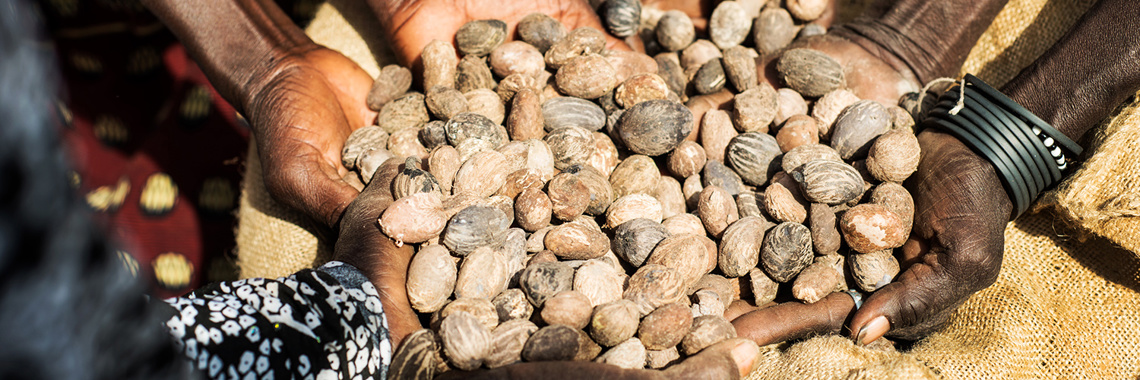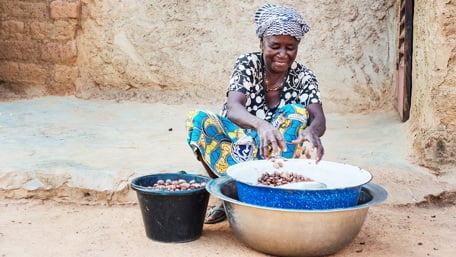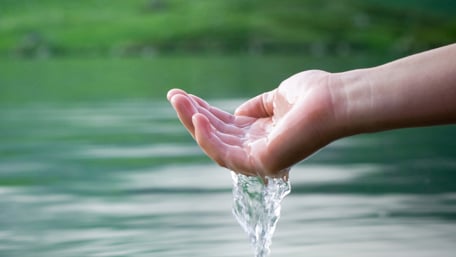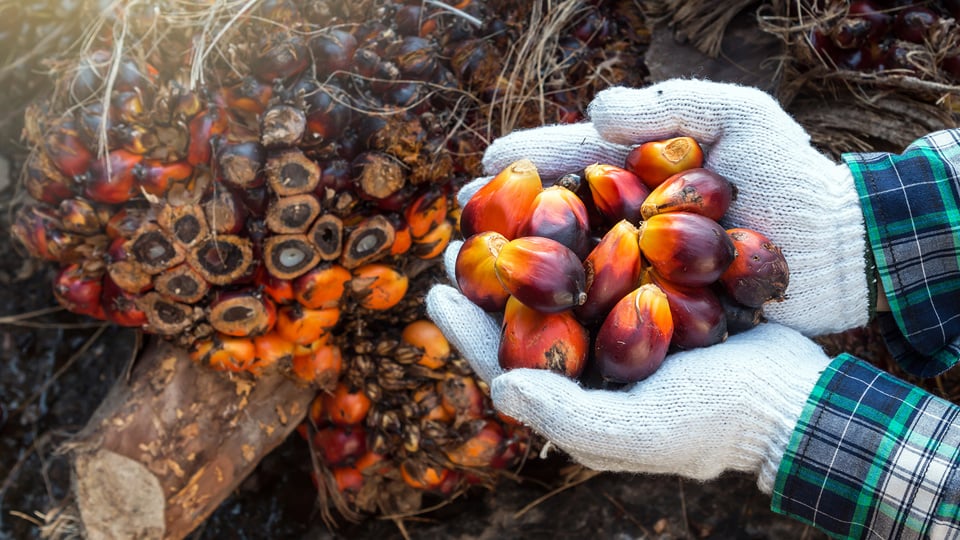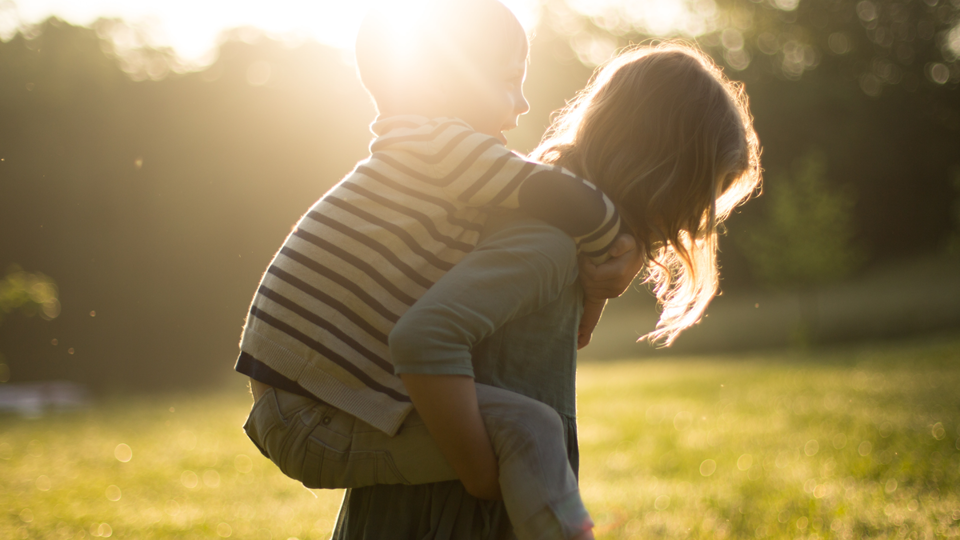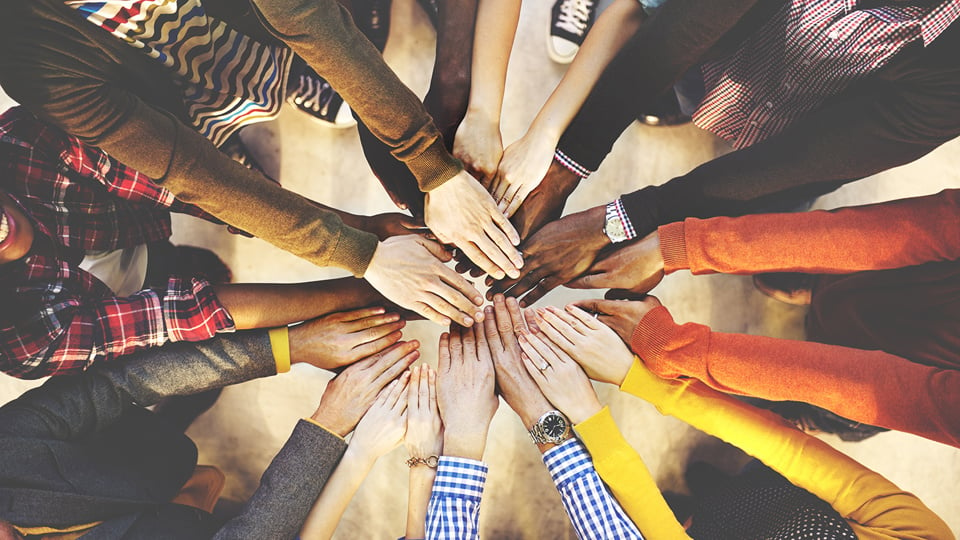Collecting and selling shea kernels is an important income-generating activity for an estimated four million women in the shea belt in West Africa. In the traditional supply chain, AAK is sourcing shea through a network of suppliers.
Traditional shea supply chain
In addition to our Kolo Nafaso supply chain, we source shea from suppliers and local partners in the traditional supply chain. We drive progress through supplier engagement and training.
The model
- No plantations - agroforestry
- Buying through suppliers and local partners
- Extra income for individual women

Our milestones and roadmap to 2025
Our milestones and roadmap to 2025 shows our progress in the journey towards sustainable shea in the traditional supply chain, as well as our ambitions still ahead.
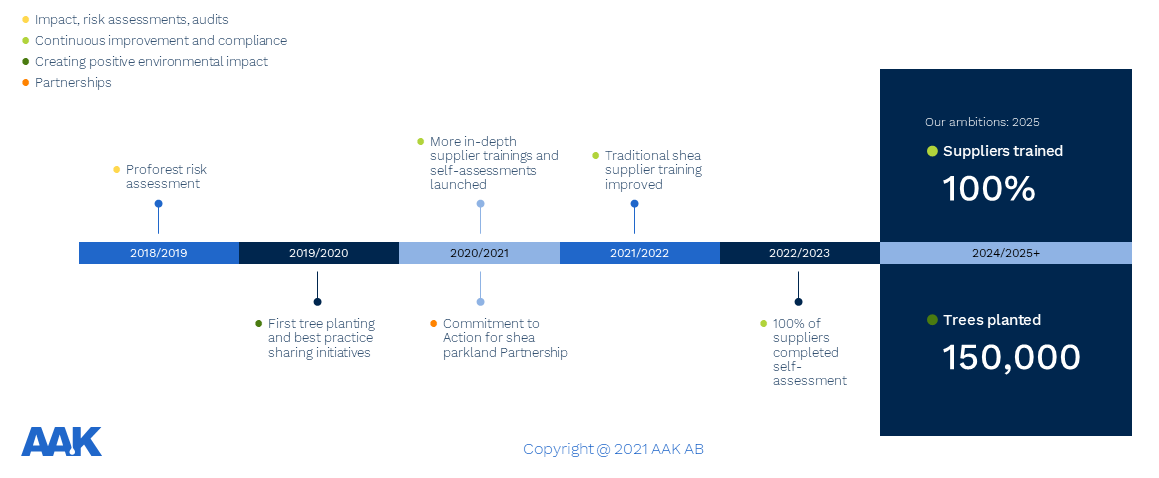
Sustainability KPIs in the traditional supply chain
Deeply understanding our supply base
Understanding where we source from is the first step on our responsible sourcing journey. AAK has set the ambition to trace a minimum of 95 percent of our supply base back to at least district level, every season. We achieved our ambition in the 2022/2023 season, except in Ghana due to a reopening of this supply chain.
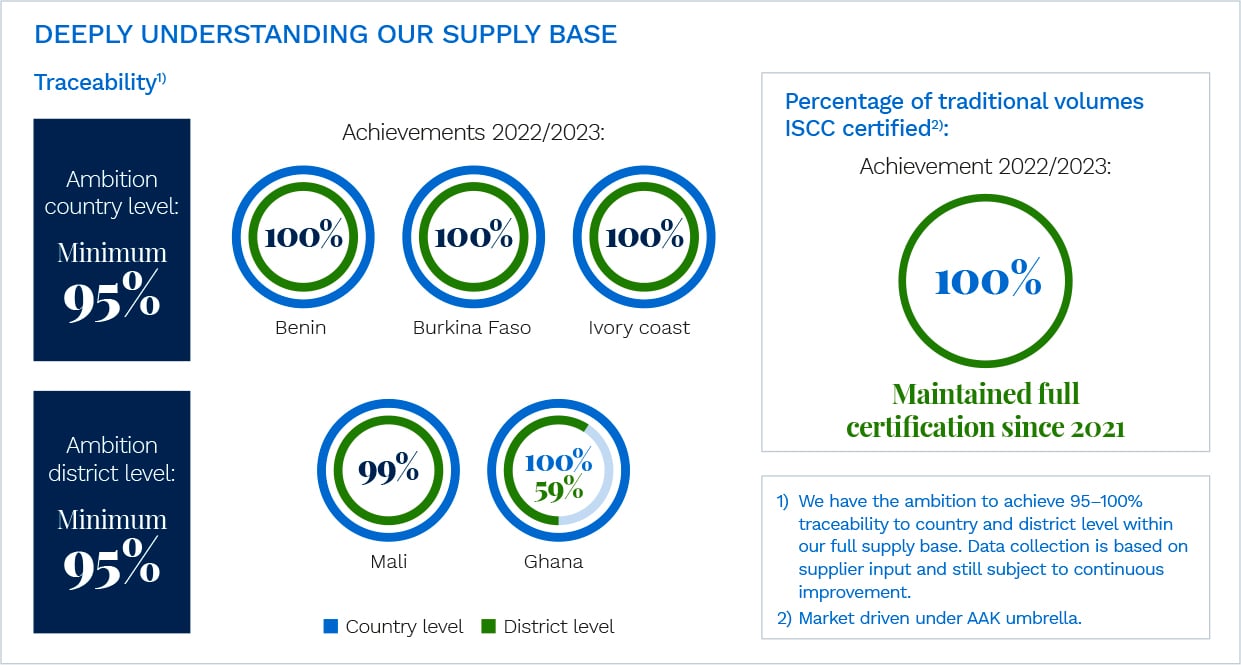
Curious about which countries we source shea from? Click here for a map of the AAK shea supply.
Engaging with supplier and farmers
We understand that we are working in a supply chain that is more informal than others, and therefore suppliers need different types of support. As such, we further improved supplier engagement tools in 2022, progressing towards our ambitions.

Driving impact beyond our supply base
In 2020, AAK entered into a partnership with the Global Shea Alliance to plant 10,000 seedlings in Ghana, under the Action for Shea Parkland initiative.
The initiative is part of Global Shea Alliance’s sustainability program and aims to mobilize the industry to plant 10 million trees over the next ten years.
In 2023, we made continued significant progress and planted around 33,000 additional trees. AAK is committed to this partnership and we recognize the urgency to conserve tree parklands and encourage replanting. Therefore, we are committed to plant at least 150,000 trees in the shea belt before 2025.

AAK is an active member of the Global Shea Alliance. Download the certificate here.
Contributes to the following Sustainable Development Goals (SDGs):
Learn more about how AAK's activities contribute to the above SDGs in our latest update on responsible sourcing of shea.

